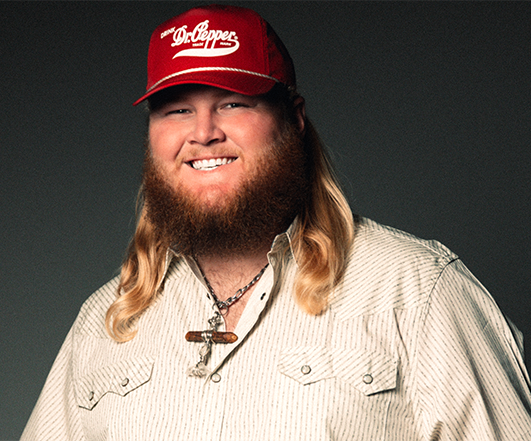Several homeowners have contacted the office recently because of issues with moss in their yard. Many are noticing this thick, mat forming plant in areas that grass is no longer growing or the grass is fading out. This plant is not a very competitive plant and usually “shows up” in areas where nothing else will grow. The good news for those dealing with this issue is the options for control or renovation is numerous.
Cultural practices that favor growth of turfgrasses will reduce the competition from moss and algae. These practices include the following:
Maintain good soil fertility and pH. Have the soil tested to determine proper lime and fertilizer needs. For most turfgrasses, the pH should be 6.0 to 6.5 (Centipede prefers a pH between 5.5 and 6.0).
Improve drainage. Soils that stay moist because of poor drainage should be contoured so water will drain off the area. In some cases, the installation of tile drainage may be necessary to correct wet conditions.
Increase light penetration and air circulation. Pruning tree limbs below 10 feet and selected limbs in the crown will improve light penetration and air movement. Also, removing some of the least desirable trees and thinning and/ or removing shrubs will help. Areas surrounded by buildings and vegetation with limbs close to the ground may require considerable work to provide adequate air circulation and light penetration.
Use a shade-tolerant grass. Use St. Augustine grass, zoysiagrass or tall fescue. If direct sunlight does not reach the ground during the day, an ornamental ground cover such as liriope, mondograss or Japanese pachysandra may be better suited to the site.
Cultivate compacted soils. Aerification with a machine that removes plugs of soil will help reduce compaction. Core aerifiers may be rented, purchased or contracted through lawn service companies. Drainage in fine-textured soils can be improved by cultivation and adding large amounts of organic matter and sand.
Irrigate deeply and infrequently. Avoid light, frequent irrigation. Wait for signs of moisture stress such as the development of a bluish-gray, dull color before irrigating. Irrigate to wet the soil to at least 6 inches. Most healthy turfgrasses need about 1 inch of water each week during active growth. If puddling occurs, stop irrigating and wait two to three hours for the water to soak into the soil before irrigating again. Repeat the cycle as needed until soil is wet to the desired depth.
Renovate. Generally, turf may be renovated if at least 50 percent of the area has the desired turf. If turf cover is less than 50 percent, then reestablishment will be necessary. For more information, contact your local county Extension office or see the UGA Cooperative Extension publication, Renovation of Home Lawns.
Chemical Suppression Chemical suppression of moss and algae is temporary unless the growing conditions are improved. The following chemicals may cause injury to the turf if they are not properly applied. For both mosses and algae, raking or vertical mowing to break up the layer prior to and after chemical treatment and topdressing after will be helpful. Under heavily shaded conditions, however, sodding is the recommended means of reestablishing turf.
For more information or questions, contact Effingham Extension Agent Sam Ingram at singram@uga.edu or 754-8040.





